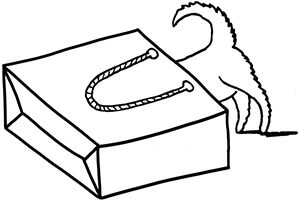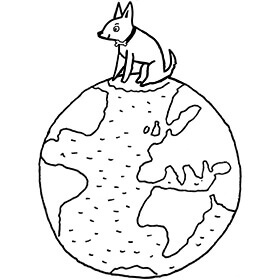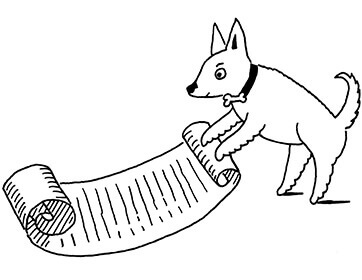-

Your Shopping Bag is empty

The Responsible Choice
Buying antique jewellery is both ethical and eco-friendly as harmful and destructive mining processes are not needed to make an item yours.
Find Out More

 Free Worldwide Delivery
Free Worldwide DeliveryA charming 15ct62.5% pure gold (or 625 parts pure gold and 375 parts other metals). Popular during the Victorian, Edwardian and Art Deco eras but was discontinued in the mid-1930s. More gold brooch that can also be worn as a pendant as it has a pendant fitting on the reverse that hinges up. It was made circa 1900-1910 and is composed of a flower that has been set with graded naturalA natural stone is called such because it has not been subjected to any treatments. More split pearls with a bouton pearlNatural pearls are an organic gem formed inside live mollusc shells and come in all shapes and sizes. They are formed as the result of a natural irritant within the mollusc's mantle and as a defence, layers of iridescent nacre form over the top of it, creating a pearl. More in the centre. Around it in a scalloped design is a bandA type of ring which is an equal width all the way round. They are traditionally used for wedding rings.
More of green enamelA pigmented glass-like material used in powdered form and fused onto the metal surface of a piece of jewellery. More and then a further band of natural split pearls. It is such a beautifully made piece of jewellery that is so typical of the EdwardianJewellery made in the Edwardian era (1901-1914). More period.
It would look lovely when worn on a lapel or a simple reace link chain.
The Details
Buying antique jewellery is both ethical and eco-friendly as harmful and destructive mining processes are not needed to make an item yours.
Find Out More


We always stand by our five core principles: Quality, Rarity, Expertise, Peace of Mind and Personal Touch
Find Out More